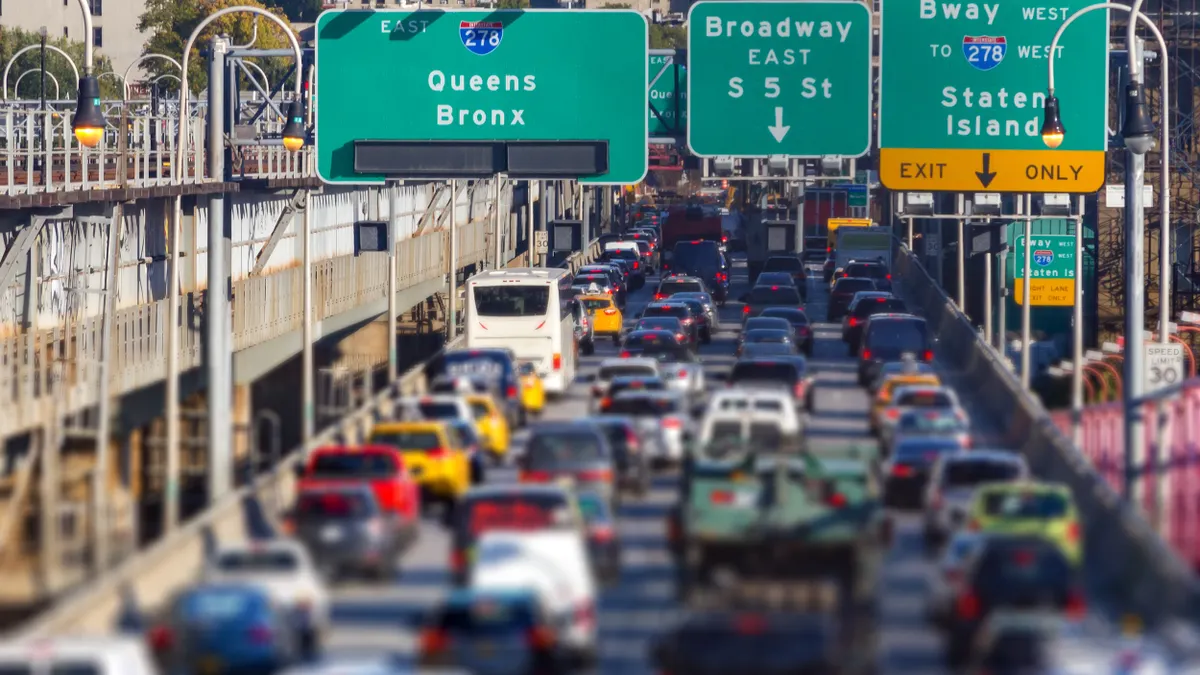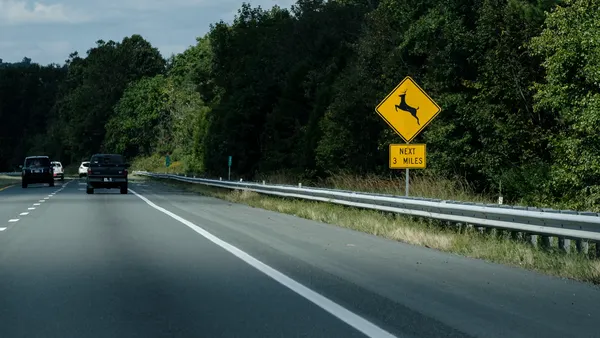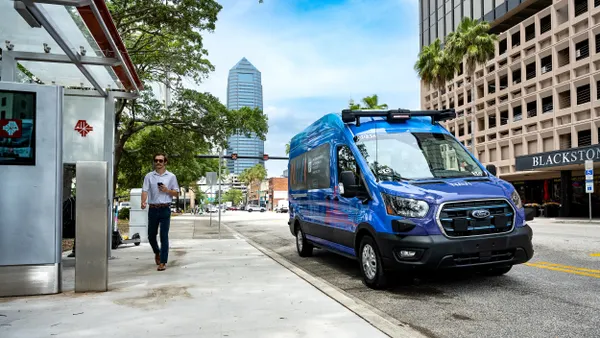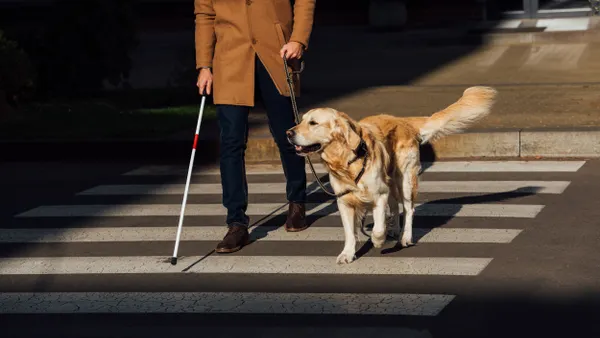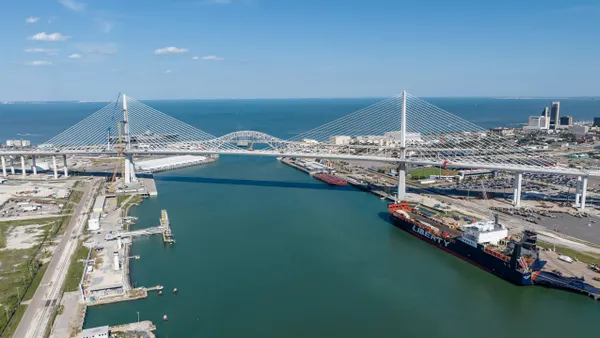Dive Brief:
- The Federal Transit Administration (FTA) has released a five-year research agenda — the Strategic Transit Automation Research (STAR) Plan — for investigating the use of autonomous vehicles (AV) in transit, specifically for buses. The FTA laid out its initiative and offered supporting information and discussions during an announcement webinar, as reported by Eno Transportation Weekly.
- The three main STAR Plan work areas are research, integrated demonstrations and strategic partnerships. Officials hope that these focal points will prompt ongoing public-private engagement and allow the industry to quickly build on the research findings.
- The initiative involves taking on seven major "demonstration," or pilot, project areas through 2022 in addition to smaller research projects. The FTA will support the demonstration projects by building an automated bus testing facility.
Dive Insight:
Other divisions of the U.S. Department of Transportation have released reports on AVs — such as the National Highway Traffic Safety Administration's Federal Automated Vehicles Policy and its Automated Driving Systems 2.0: A Vision for Safety — that address the wider policies and implications of the industry as a whole, but the FTA's initiative hones in on transit. It notes the need for more research to answer questions about and find implications related to AVs in society. The plan also will be incorporated into USDOT's greater regulatory efforts and guidance for stakeholders on AV technologies.
The FTA has spent more than a year communicating with both transit agencies and private sector employees to find out how automation could benefit public transportation and how soon that could become a reality. It found that few transit agencies have incorporated the technology into their widespread bus systems, although some have launched pilot programs for smaller scale first mile/last mile connections. For example, limited route driverless shuttle systems are a main area of exploration, such as the one that recently started running in Las Vegas or the one Denver currently is testing and plans to launch next spring.
The FTA initiative addresses a major concern with many transit systems in the United States: hesitance to innovate. Although AVs are quickly transforming the transportation industry, transit agencies are, generally speaking, slow to adopt new technologies, services and business models. Part of the problem is overcoming policy and funding barriers. But another factor the FTA cites is that transit agencies are less willing to take risks with public funds when delving into a field with little existing research or understanding, especially without federal leadership and guidance. Being that vehicle automation is a still-emerging field, that could heavily contribute to public transit's lack of exploring such options.
The five-year research plan is supposed to offer guidance and help transit leaders overcome their hesitance to innovate. It includes grant funding for seven major AV bus pilot project areas, including first mile/last mile service and automated transit for riders with disabilities.
Another big move showing the federal government's commitment to supporting municipal agencies in this space is the FTA's announcement about constructing an AV testing facility. Details are still limited, but it will have indoor and outdoor space to test the seven pilot program areas. The agency believes the facility is important because AV bus capabilities and safety in the public space needs to be tested before allowing the buses onto public roads. The facility and the research that comes out of it will be a huge asset for local transit agencies who otherwise would not have the means to do such safety testing, and it eliminates another barrier to incorporating automated buses into transit systems.






